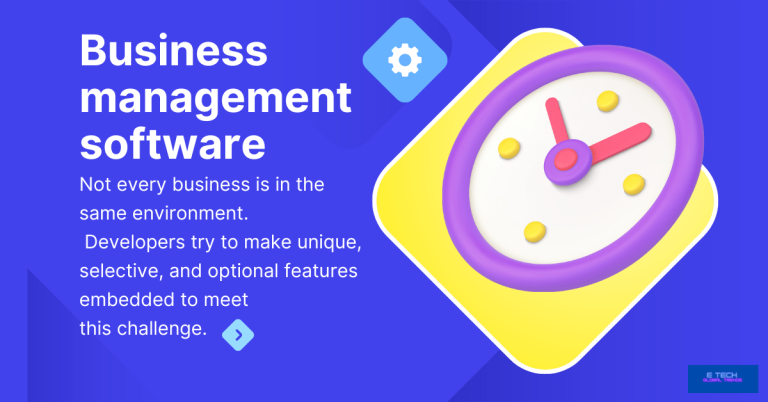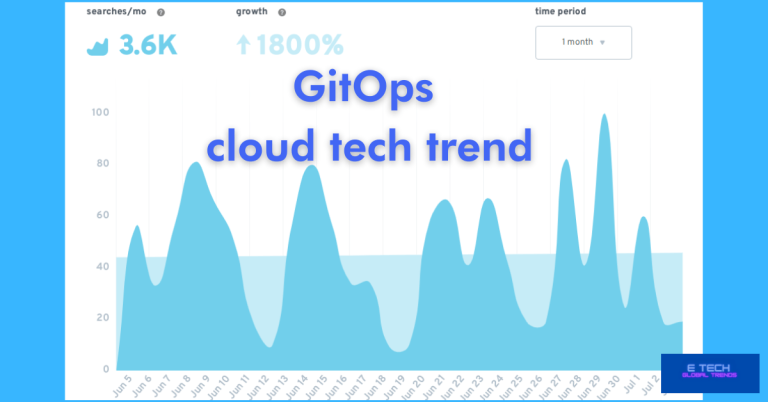Data Fabric for business growth
The public sector collects a lot of data but is sometimes unable to maximize its value. because data is often dispersed, fragmented, or improperly integrated. Learn how democratizing data in the public sector may speed up change. and manage risk while bringing about simplicity and more effective processes. Nowadays, there is a lot of interest in the concept of the data fabric. The Top 10 Data and Analytics Technology Trends for 2022 include it. Distinguished Vice President Analyst at Gartner Mark Beyer claims “The burgeoning design idea dubbed data fabrics are going to be a resilient answer to ever-present data management difficulties, such as the cycles of high-cost and low-value data integration, regular maintenance of earlier integrations, the expanding demand for real-time and event-driven data sharing, and more.” So this article is trying to clarify how to work on “Data Fabric for business growth”.
What exactly does data fabric mean, do you know? No? You are then in the appropriate location. We will learn inside and outside of the data fabric in this post. Why do you still wait? Let’s go!
Data Fabric: What is it?
In simple terms, Data Fabric is an integrated layer of the data connection. Organizations are choosing data fabric as digital storage solutions become more and more common. With the aid of intelligent and automated technologies, it is an integrated architecture that supports numerous data pipelines and cloud environments. Your company storage operation will benefit from this new strategic approach, which combines the best of the cloud, core, and edge. Your company will be able to harness the power of data to address business needs and acquire a competitive advantage.
In essence, data fabric is an architectural and data service combination that offers an agile corporate data foundation to support a sizable variety of business use cases. Consider it as a complicated pattern that combines data access techniques with different;
- data types,
- sources, and
- locations like edge, core, and cloud.
To accelerate digital innovation, data fabric unifies and streamlines data management. Additionally, it offers reliable and well-integrated hybrid cloud data services that provide;
- data access,
- security,
- transparency and insights.
Benefits of Data Integration
If an organization thinks of data management to achieve business goals, Companies require access to reliable, current information in order to stay competitive. Systems that have real-time integration can improve every aspect of their performance. Not only will gathering data and transforming it into its final, usable state be quicker, but they will also provide real-time intelligence, agility, and actionable insights. So we‘ll state a list of common benefits. As follows;
- Data quality and data integrity: quality means how accurate are your data.
Data correctness, completeness, accuracy, completeness, consistency, dependability, and if the data is current are all used to determine the quality of the data.
in other words,
And then Explain what data integrity is. an organization’s data must be accurate, comprehensive, consistent, and legitimate. Data integrity is a paradigm and a procedure that assures these qualities. Organizations who adhere to the procedure make sure their databases have accurate and up-to-date data in addition to ensuring the integrity of the data.
- There are quick, simple, and accessible linkages between data storage.
- seamless system-to-system knowledge transmission
- improved cooperation
- Real-time, comprehensive business analytics, intelligence, and insights
- improved ROI( return on investment) and efficiency.
You now know why this is important. Did you read it carefully? and the next thing is how can we achieve these benefits? And we are testing whether Data Fabric fulfills or is pretty supportive for this task.
Does data governance include data architecture?
Data governance includes data architecture. which is the method you use to organize and control your data. Understanding your data and determining which data is significant. therefore, It has to safeguard and can do with the aid of data architecture.
There is a close relation between Data governance and data architecture. Data organization and access can define data architecture. So there is an impact on how data is handled and safeguarded. Additionally, efficient data design may make sure that information is used in an effective and efficient manner.
What is the meaning of data fabric architecture?
therefore, architecture and collection of data services mean the “data fabric”. It offers consistent capabilities across a range of endpoints in hybrid multi-cloud systems. It is an effective architecture that harmonizes data management procedures. yes, certainly, requires for;
- edge devices,
- on-premises data centers,
- and clouds.
What is an example of data fabric?
for instance, an illustration of a data fabric architecture in a multi-cloud context platform, such as;
- AWS; is in charge of managing data intake,
- Azure; performs managing data transformation and consumption.
Azure is a huge assemblage of servers and networking equipment that powers a broad range of distributed applications. but, On such servers, these apps organize the installation and use of virtual machines’ hardware and software.
What makes Azure so effective is how these servers are organized.
moreover, IBM Inc is also leading in this regard. Here we mentioned the recently trending platforms
What functions does Data Fabric serve?
Meanwhile, the founder and CEO of Ascend, Sean Knapp, further says that data technology “is the glue that links an organization’s data systems together into a unified uniform layer.
subsequently, we’ve highlighted a few of its numerous uses. certainly, this is how it works, “Data Fabric for business growth”.
- Data fabric technology brings up new avenues for innovation, similarly, in terms of quickening the data and analytics lifecycle.
- likewise, There is a possibility to analyze preventive maintenance and certainly, decrease downtime.
- The preventative maintenance cycle may be predicted and insights from different data points can access.
- It demonstrates how a consumer makes use of their products, which ultimately improves the experience they have as a whole.
- It makes data more accessible to academic institutions and healthcare organizations.
What are Data Fabric’s advantages?
on the other hand, Real-time connectivity and universal transformation are two business objectives that can no longer satisfy with traditional data.
in addition,
- Automation of data governance; eases the integration of data.
- It offers a centralized platform for managing and governing data in one place.
- Removing the need for different tools lessens problems with data integration.
- Enhancing the value of data, aids in hastening the process of data transformation.
- Return on Investment rises as a result.
meanwhile, It offers improved connectivity to the real-time flow of data and information.
What are the elements that make up a data fabric?
The selection is possible for components that make up the data fabric. and can combine in many ways. As a result, the use of data may be different. Let’s take a quick tour of the data fabric’s major elements.
- Improved data catalog; A linked knowledge graph offers access to every sort of metadata. It graphically presents current metadata in an understandable format.
- A layer of Persistence; keeps information in a variety of relational and non-relational models.
- The active metadata; All forms of metadata can be gathered, exchanged, and analyzed using the data fabric. Metadata that documents the system’s ongoing use of data is included in the active metadata.
- Expert System; The data fabric can be searched and made easier to understand using a knowledge graph.
- Recommendations and Insights Engine; For operational and analytical use cases, it builds dependable and strong data pipelines.
- Layers responsible for data preparation and delivery; Any source can be used to retrieve data, and any target can receive it. employing strategies like messaging, virtualization, and APIs (application programming interfaces).
- Arrangement and Data Operations; The end-to-end workflow’s various stages are all coordinated with data through orchestration and data operations. Additionally, it chooses when and how to run pipelines and can manage the data they produce.
The future of Data Fabric
similarly, data transformation offers businesses countless opportunities, processing unstructured data is still a problem. So how can we use the Robotic Data Automation Fabric to resolve this problem? ( We will discuss this soon)
Above all, in this article, “Data Fabric for business growth” you may see some possible opportunities for implementing Data Fabric. but here we added only the fundamentals. There are advanced concepts to perform. So it’s like in this manner;
- Analyze the implications of data fabric for your company.
- Inform important stakeholders of the significance of data fabric.
- As soon as you launch and innovate, measure the results:
Conclusion: “Data Fabric for business growth”
To sum up, Utilizing data fabric considers a potential answer for a sustainable data future. With the rapid advancement of technology. but, the growing number of data challenges. after that, It offers a better intrastate to handle data as well as maximize the value of the information.
Read more on related readings; Data Lakehouse is an open data management architecture., Datafication trends. Gitops- cloud tech trends







